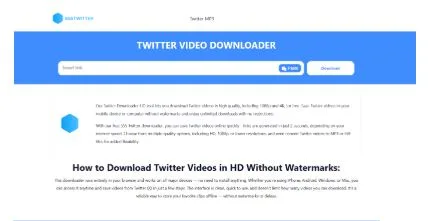The Essential Guide to HIPAA Compliant Mailing for Healthcare Providers
In today’s environment, healthcare providers must comply with stringent privacy regulations to protect patient information. One critical aspect of this compliance is ensuring that all communications, particularly those that are sensitive in nature, are conducted through HIPAA compliant mailing methods. This guide offers insights into HIPAA compliant direct mail practices and why they are essential for healthcare businesses.
Understanding HIPAA Compliance
The Health Insurance Portability and Accountability Act (HIPAA) establishes national standards for protecting sensitive patient information. Healthcare providers, as well as their business associates, must comply with HIPAA regulations to ensure that patient information remains private and secure.
Key Components of HIPAA Compliance
HIPAA compliance involves several essential components, including:
- Privacy Rule: This rule establishes regulations for the use and disclosure of Protected Health Information (PHI).
- Security Rule: This rule requires implementing appropriate safeguards to protect electronic PHI.
- Breach Notification Rule: This mandates that covered entities notify individuals when their PHI has been compromised.
Understanding these components is vital for any healthcare organization aiming to protect its patients and remain compliant with federal regulations.
What is HIPAA Compliant Mailing?
HIPAA compliant mailing refers to the processes and practices that ensure the secure transmission of sensitive patient information through postal channels. This encompasses both paper and digital communications, ensuring that all methods employed protect patient data effectively.
Why is HIPAA Compliant Mailing Important?
Maintaining compliance with HIPAA regulations during mailing processes is crucial for several reasons:
- Protects Patient Privacy: Proper mailing practices protect patient confidentiality, helping to build trust between healthcare providers and patients.
- Reduces Risk of Penalties: Non-compliance can lead to severe financial and legal penalties for healthcare organizations.
- Enhances Reputation: Adhering to HIPAA regulations can enhance an organization’s reputation, as patients feel safer knowing their information is protected.
HIPAA Direct Mail Practices
One of the most effective forms of HIPAA compliant mailing is through HIPAA direct mail. This approach allows healthcare organizations to send important communications to patients in a secure manner. Here are some key points regarding HIPAA direct mail practices:
1. Use Encrypted Mailing Services
When sending sensitive information, it is vital to use mailing services that offer encryption. This ensures that even if a mail piece is intercepted, the information contained within remains secure.
2. Implement Secure Document Handling Procedures
Healthcare organizations should have procedures in place to handle documents securely, starting from the point of creation to final delivery. This can include:
- Secure storage solutions for documents containing PHI.
- Access controls to limit who can view and handle sensitive information.
- Regular training for staff on secure mailing practices.
3. Opt for Certified Mailing Providers
Select mailing providers that are HIPAA certified. This demonstrates their commitment to maintaining compliance and protecting patient information throughout the mailing process.
Best Practices for HIPAA Compliant Mailing
To ensure a seamless and compliant mailing process, healthcare organizations should adopt the following best practices:
- Regular Training: Conduct regular training sessions for staff about HIPAA regulations and secure mailing practices.
- Audit Mailing Procedures: Periodically review and audit your mailing procedures to identify any gaps in compliance.
- Implement Incident Response Plans: Have a response plan in place in case of a data breach, detailing steps for containment and notification.
The Importance of Patient Consent
Another crucial element of HIPAA compliant mailing is obtaining patient consent before sending any communications that may contain their PHI. This helps ensure that patients are aware of how their information will be used and shared, fostering trust and transparency.
Obtaining Patient Consent
When it comes to direct mail, consent can be obtained through:
- Explicit Agreements: Clear agreements from patients indicating their willingness to receive mail communications.
- Opt-In Forms: Providing patients with forms to opt-in for receiving specific types of communication.
Conclusion
In summary, HIPAA compliant mailing and HIPAA direct mail practices are essential for healthcare organizations. By implementing secure mailing processes and ensuring that all patient information is handled appropriately, providers can protect patient privacy, enhance their reputation, and avoid costly penalties. Understanding and embracing these compliant mailing practices is critical to ensuring a respectful and secure communication environment between healthcare providers and patients.




